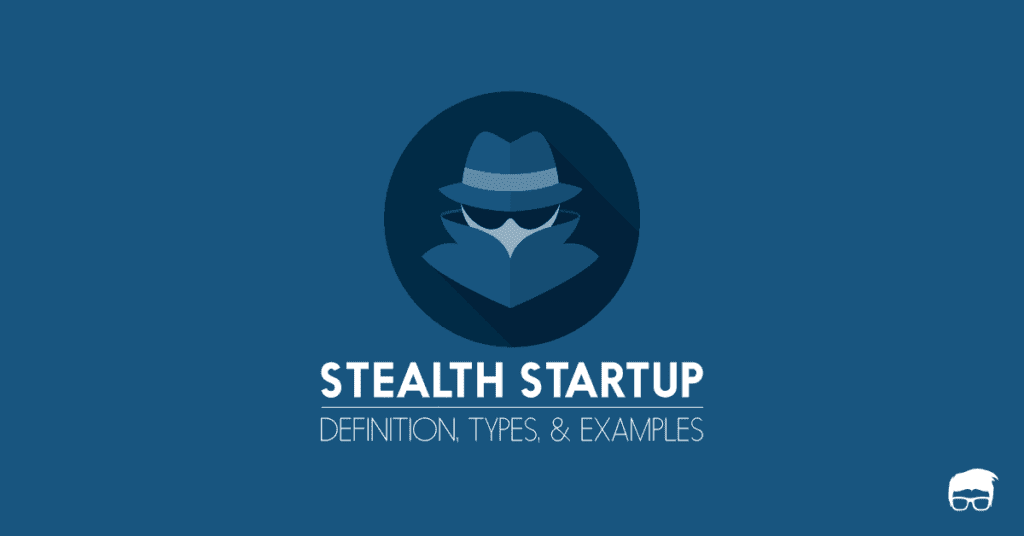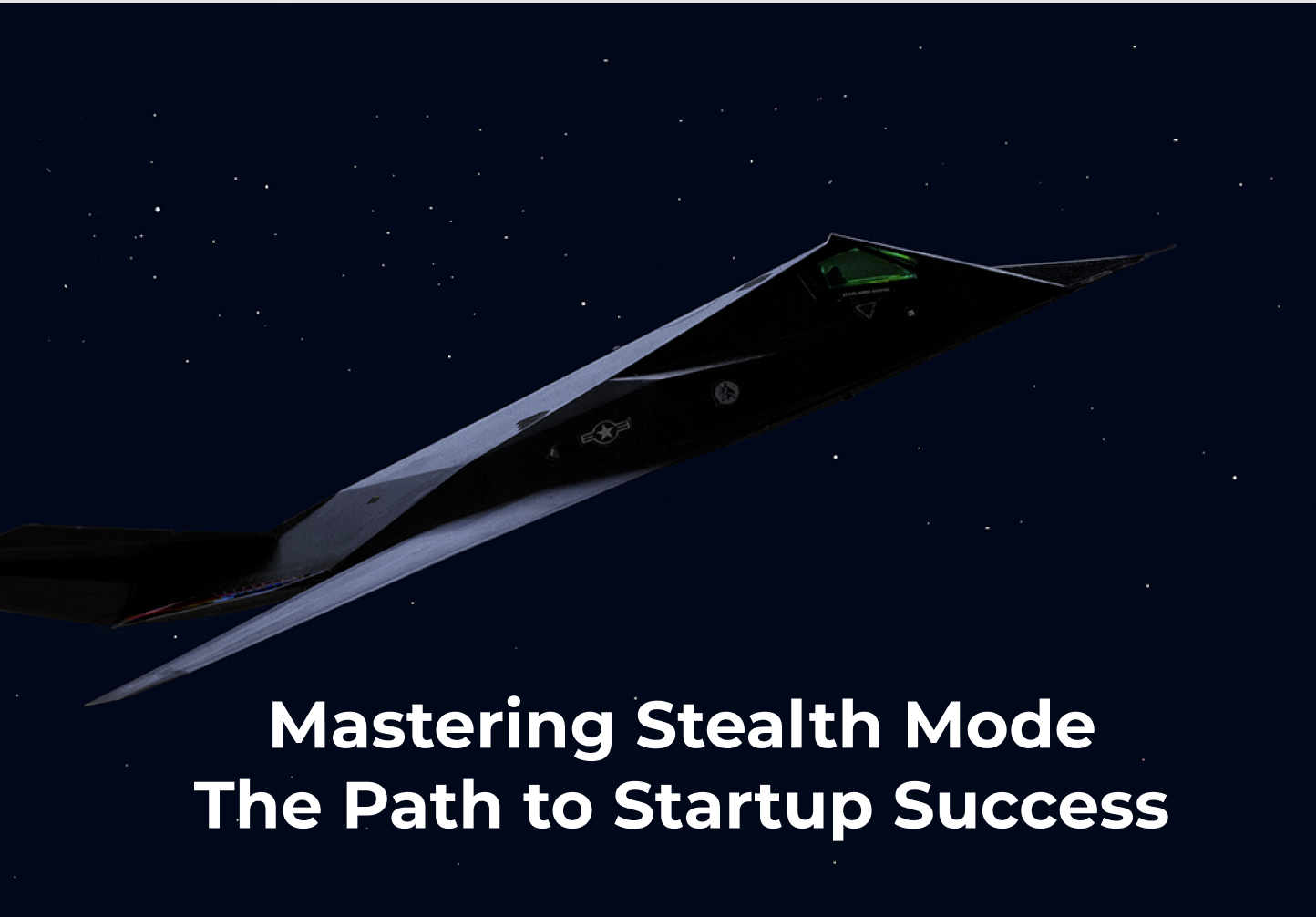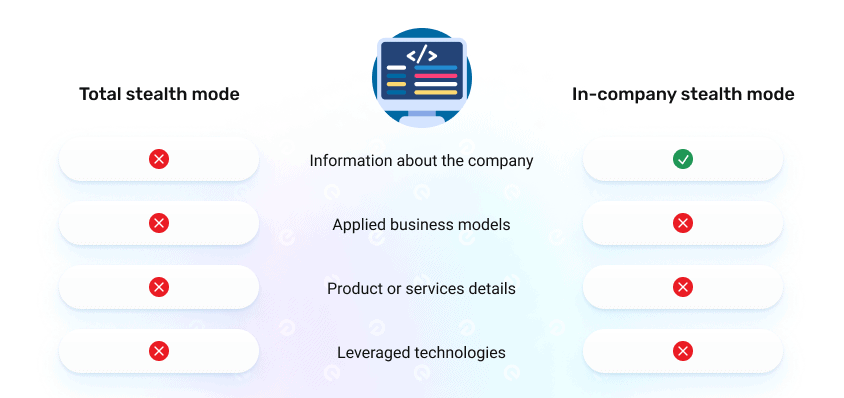Is Stealth Startup A Real Company
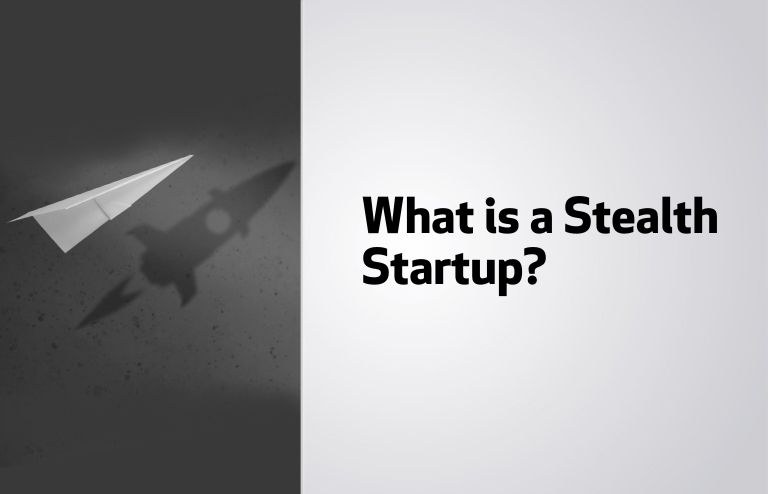
The allure of the unknown, coupled with the promise of groundbreaking innovation, has long fueled fascination with stealth startups. Companies operating under the radar, shrouded in secrecy, are often portrayed as harboring revolutionary ideas poised to disrupt entire industries. But behind the mystique, a critical question lingers: Is a stealth startup a real company, or simply a phantom built on hype and speculation?
This question cuts to the heart of entrepreneurial viability and investor prudence. While the strategic value of secrecy in a competitive landscape is undeniable, excessive opacity can raise red flags about legitimacy and long-term sustainability. This article aims to dissect the reality of stealth startups, exploring the motivations behind their secrecy, the challenges they face, and the factors that determine whether they ultimately succeed or vanish into obscurity.
The Allure and the Risks of Secrecy
Stealth mode is often employed by startups developing potentially game-changing technologies. This strategy allows them to protect their intellectual property from competitors, preventing rivals from reverse-engineering their innovations or preemptively launching competing products.
By operating in secret, a startup can also maintain a first-mover advantage, creating a buzz and maximizing impact upon eventual unveiling. This approach can be particularly effective in crowded markets where differentiation is crucial.
However, the cloak of secrecy also presents significant challenges. Recruiting top talent becomes difficult when potential employees lack insight into the company's vision and operations.
Similarly, securing funding can be problematic as investors require detailed information to assess risk and potential returns. The lack of transparency may deter potential backers or force the startup to accept less favorable terms.
Defining "Real Company"
The essence of a "real company" extends beyond mere legal registration. It encompasses a clear business plan, a viable product or service, a capable team, and a sustainable revenue model. A stealth startup, regardless of its secrecy, must demonstrate these fundamental characteristics to be considered a genuine enterprise.
Many stealth startups focus intensely on product development, sometimes to the detriment of other crucial business functions. This imbalance can lead to a technically brilliant product that lacks market fit or a viable path to commercialization.
Furthermore, a prolonged period of stealth can create an insular culture, making the company resistant to external feedback and hindering its ability to adapt to market changes.
Examples and Case Studies
The history of technology is replete with examples of stealth startups that have both soared and floundered. One notable success story is that of Palantir Technologies, a data analytics company that operated in relative secrecy for years before becoming a major player in the government and commercial sectors.
Palantir's initial focus on developing cutting-edge technology, combined with strategic partnerships, allowed it to establish a strong foothold before facing widespread public scrutiny.
Conversely, many other stealth startups have faded into oblivion, their innovative ideas never materializing into viable businesses. These failures often stem from a combination of factors, including poor execution, inadequate funding, and a lack of market demand.
Weighing the Evidence: Is Stealth Just Hype?
Determining the legitimacy of a stealth startup requires careful scrutiny. Investors and potential employees should look for concrete evidence of progress, even if obscured by secrecy.
This evidence might include strong technical patents, strategic partnerships with established companies, or a track record of attracting top talent. A credible founding team with relevant industry experience is also a positive indicator.
However,
it's crucial to distinguish between genuine innovation and mere hype.Be wary of companies that rely solely on vague promises and unsubstantiated claims.
The Future of Stealth Startups
As the startup landscape evolves, the dynamics of stealth mode are also changing. The increasing availability of open-source technologies and the rapid pace of innovation are making it more difficult to maintain true secrecy.
At the same time, the growing emphasis on transparency and social responsibility is putting pressure on companies to be more forthcoming about their operations. This shift suggests that the traditional model of complete stealth may become less viable in the future.
Ultimately, the success of a stealth startup hinges not on its secrecy alone, but on its ability to execute its vision, build a strong team, and adapt to the ever-changing market environment. A well-defined business plan, robust technology, and strong leadership are vital to turning a stealth concept into a viable company.

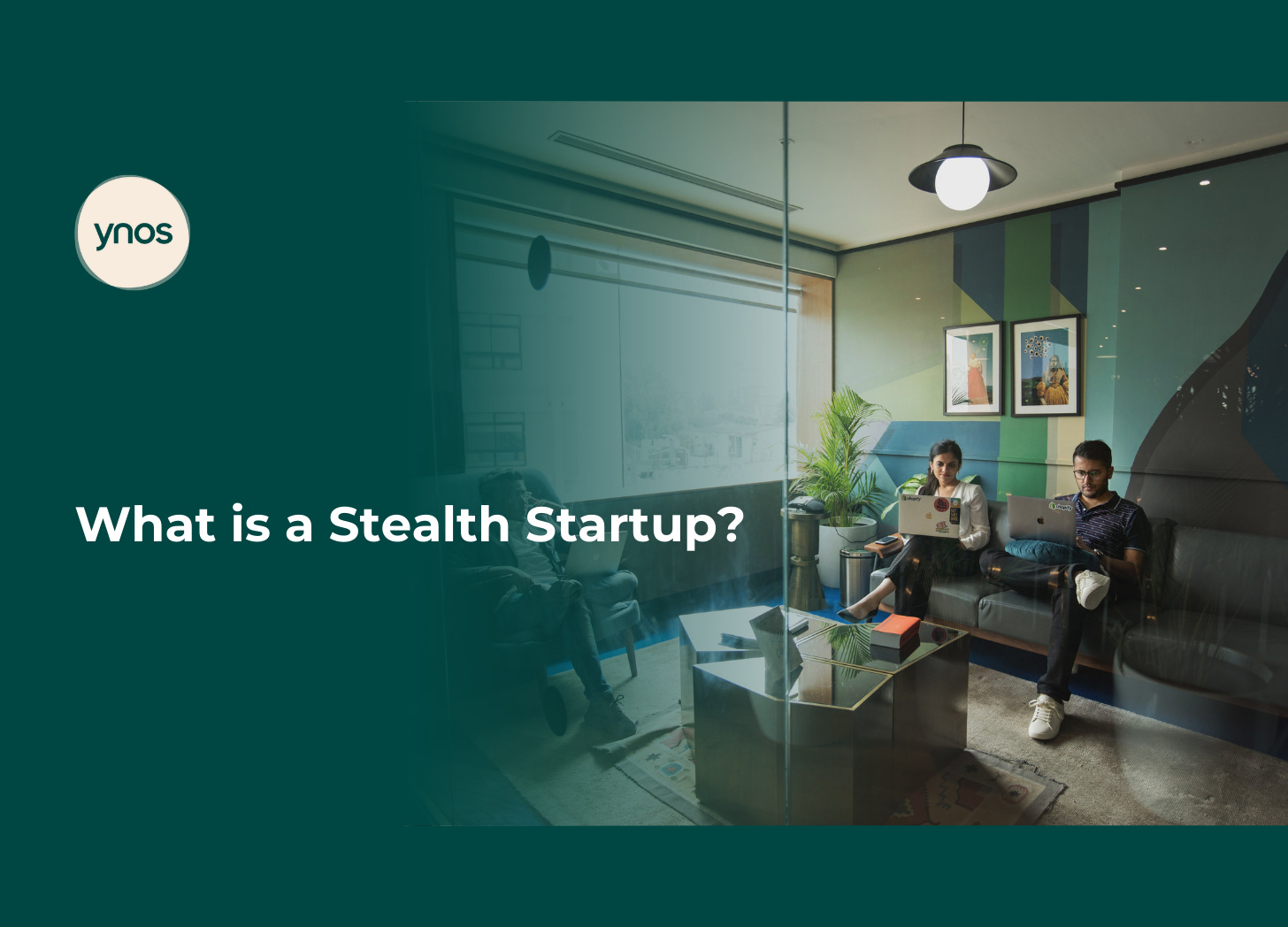







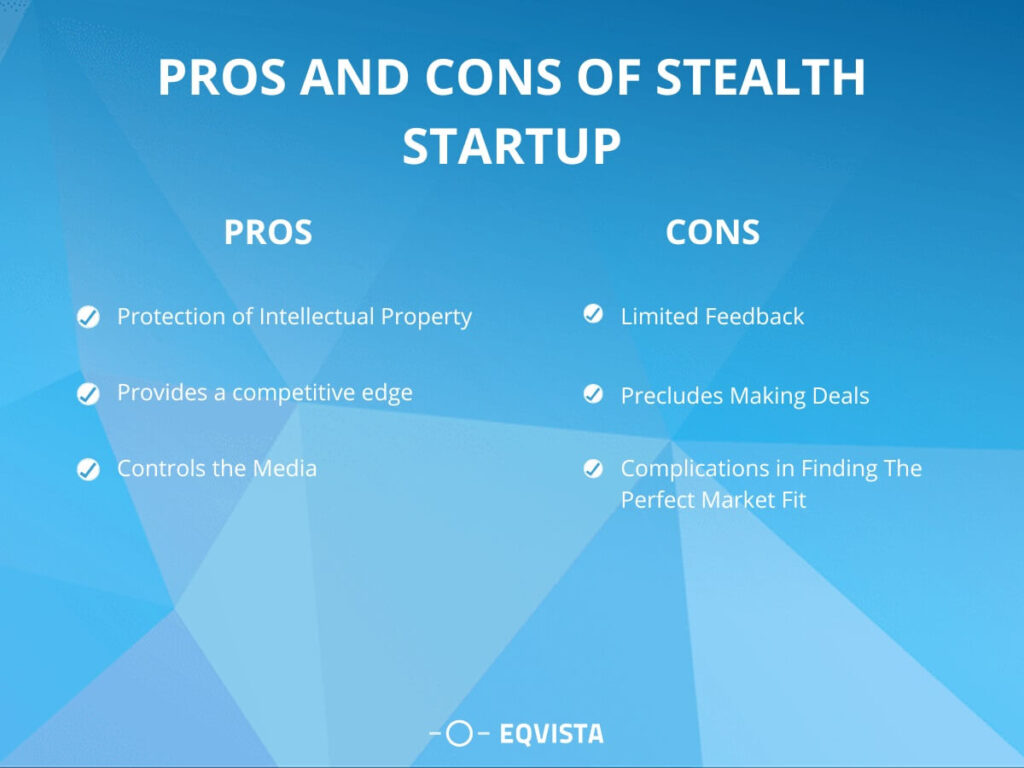

![Is Stealth Startup A Real Company Stealth Mode Startup Company: 4 Advantages [With Examples]](https://microstartups.org/wp-content/uploads/2023/09/stealth-mode-business-1536x1024.jpg)

